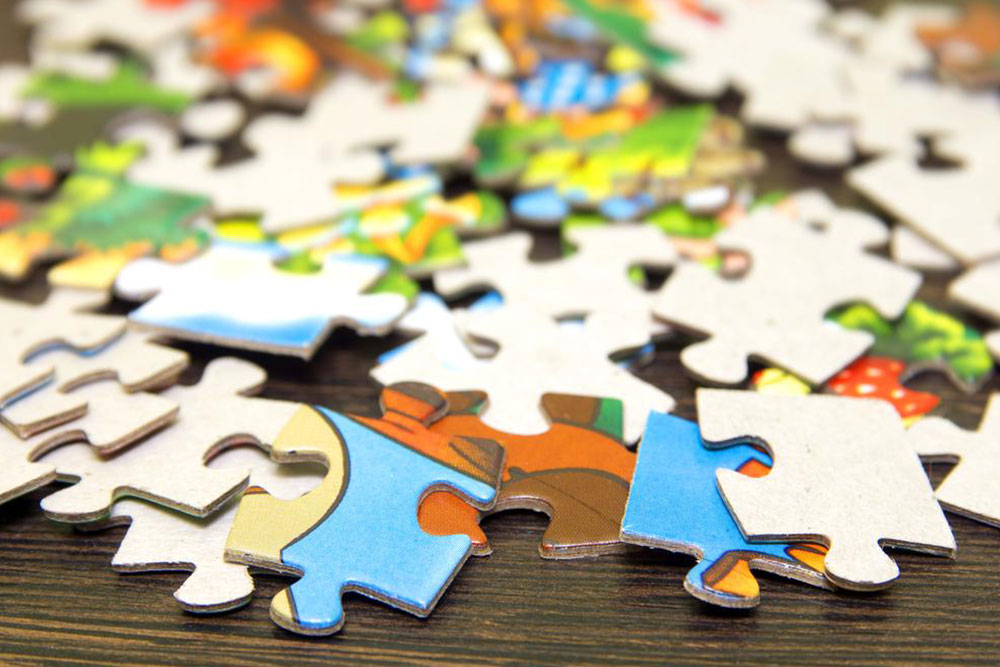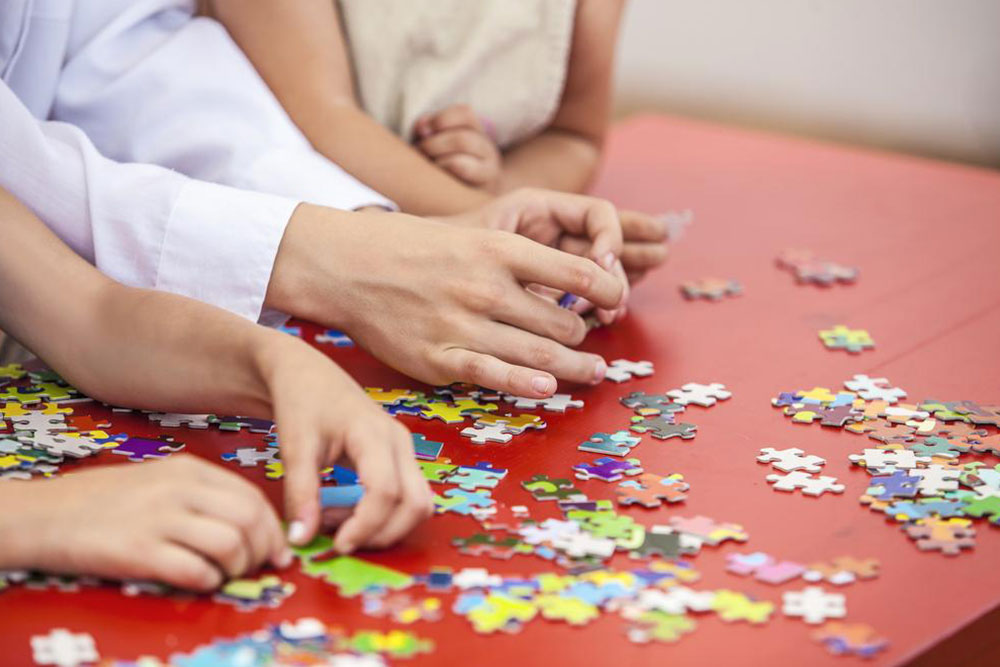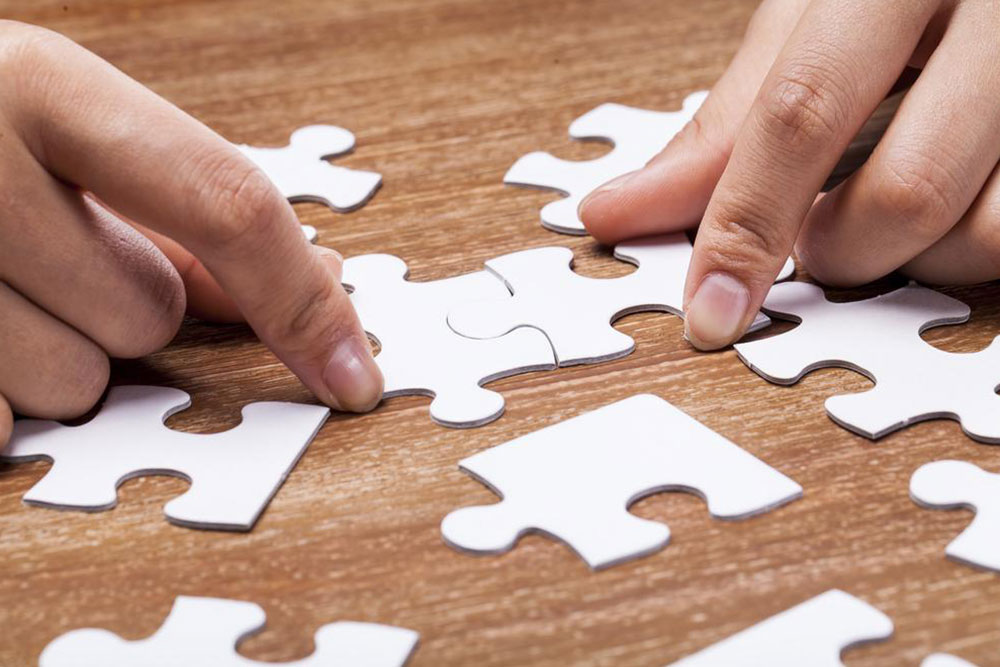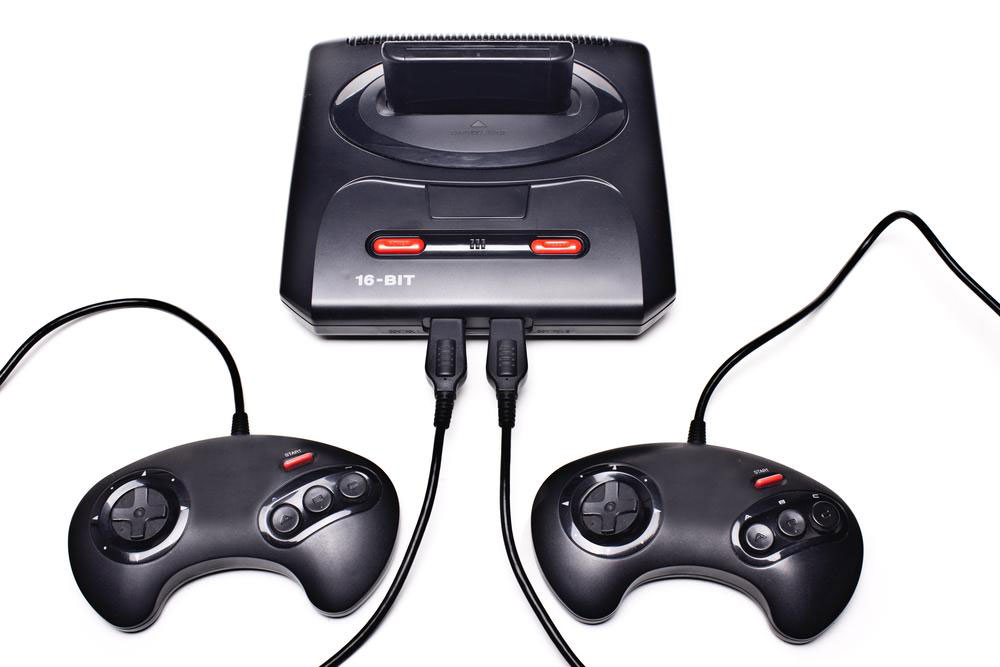Exploring Various Puzzle Types and Their Features
Discover the different types of puzzles, including word, logic, pattern, and cryptic puzzles. Learn about their features, origins, and the role they play in boosting cognitive skills. Puzzles come in both print and digital forms, catering to a wide audience and providing diverse mental challenges, all designed with a single solution in mind.

Exploring Different Puzzle Varieties
Puzzles serve as an engaging way to enhance critical thinking and strategic skills. These brain teasers involve assembling pieces or solving riddles, sometimes under time constraints. Puzzles come in diverse formats, ranging from thematic and story-based to abstract designs. Originating in 1760 when John Spilsbury crafted the first puzzle by cutting a map of the country from wood for educational purposes, puzzles have long been a popular pastime.
Over the years, puzzle types have diversified into categories like construction, stick puzzles, transportation, lock mechanisms, folding tasks, and mechanical puzzles.
Common puzzle classifications include:
Word Puzzles: Focused on language skills, these puzzles include crosswords, trivia, and word searches. A strong vocabulary makes them easier to solve.
Logic Puzzles: These puzzles require following specific rules and strategic planning to solve the grid, demanding forethought and problem-solving skills.
Pattern Puzzles: Often involving logical reasoning, these puzzles reveal a specific pattern or sequence as the solution, with each having a definitive answer.
Cryptic Puzzles: Known for their complexity, these puzzles are challenging due to their obscure design and mechanics, often requiring multiple attempts to crack the code.
Generally, puzzles are intended for entertainment, with each designed to have a single correct answer. Variations in approach or reasoning can lead to different solutions, but the end goal remains constant. Puzzles are available in print and digital formats, with digital versions growing increasingly popular.









